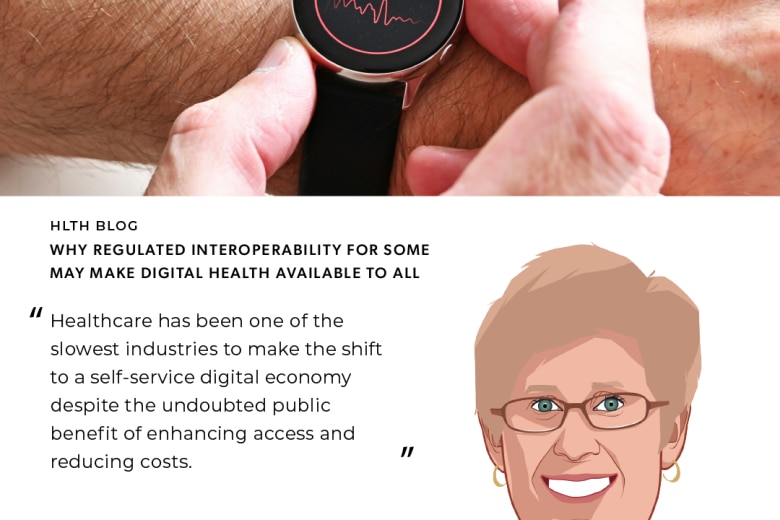By Gary Mooney, Healthcare Architect, InterSystems (UK)
The safe and efficient management of medications continues to be a significant challenge for healthcare services around the world.
The rate at which medication errors occur is accelerating, particularly within hospitals, as a result of the following pressures and challenges:
- Long-term management of an aging population with multiple chronic diseases.
- Flat-line budgets and resulting staffing pressures.
- Poor coordination and management of patients among health, social and community services.
- Evolving complexity and sophistication of medicines.
Paper-based systems can no longer meet the demands of a modern healthcare service.
Medications management software solutions incorporating ePrescribing, medicines administration, clinical pharmacy, and departmental pharmacy are not a new concept, but only relatively recently have software solutions evolved to a degree of maturity to address the needs of acute hospital services.
There have been a number of observable evolutions for the medications management software market, namely:
- Pharmacy-orientated solutions: Prescribing software built on departmental pharmacy dispensing systems. These solutions forced prescribers to work with medicines at a level of detail only relevant to dispensing, and provided limited support for nursing and clinical pharmacy staff. These systems were also poorly integrated with other clinical and administrative systems and had little support for specialist medicines requirements.
- Computerized Physician Order Entry: Software built upon the success of order communication and results-reporting solutions, and conceptually the same as ordering investigations and tests. While these solutions were well integrated with other clinical solutions or within a broader clinical electronic patient record, and were more widely accepted by clinicians, they provided limited and simplistic support for nursing and clinical pharmacy staff and specialist medicines requirements.
- Stand-Alone: Also referred to as “best-of-breed” solutions designed specifically to support prescribing, administration, and clinical pharmacy requirements. While these solutions effectively support the granular requirements of medicines management, they tend to be either general or specialist solutions, resulting in fragmented medication records for patients treated by different specialist services. Integration with broader clinical systems is also limited in terms of user accessibility and other sources of relevant clinical information, such as results and observations, which limits the scope of clinical decision support that can be delivered.
- Enterprise EPR: Comprehensive medications management functionality as integral elements of a broader clinical and administrative electronic patient record (EPR). These solutions provide support for both general and specialist services to deliver a comprehensive medication record. With real-time access to a patient’s broader clinical and administrative information, these solutions can provide sophisticated decision support capabilities. Enterprise EPR solutions present the greatest opportunity to deliver significant and sustainable clinical, efficiency and fiscal benefits, but are a much more significant undertaking.
Medicines present complex and dynamic challenges that cannot be effectively addressed by just installing software. Through the evolution of medications management software, there has also been an equivalent progression in the understanding of what is required to effectively deliver, manage, and maintain these solutions.
Research has shown that an IT-led approach to the delivery of medications management solutions delivers some inherent benefits, such as removing illegible handwriting and incomplete or missing medication charts. At the same time, it introduces different and poorly understood risks relating to the impact of clinical processes.
Beyond ensuring your choice of medications management solution is functionally and technically capable of meeting your requirements, the following lists a few guiding principles that can help increase the probability of a successful project, with sustainable benefits and improved outcomes:
- Ensure the procurement, delivery and ongoing optimization phases of the medications management program is driven by clinical, nursing and pharmacy stakeholders.
- Do not underestimate the clinical resources required to support the delivery of a medications management solution, particularly during the procurement, solution analysis, training and go-live phases of a deployment.
- Understand the greatest challenges will arise from change management demands and not technical issues. Therefore, initiatives to deliver meaningful stakeholder engagement, organizational communications, and training are critical.
- Ensure there is meaningful C-level support for the project to reinforce the criticality and strategic significance of the program. This can significantly help when addressing issues of change management.
- Have a clear focus for the benefits and improved outcomes you are expecting to deliver, but be realistic and focus on a manageable number of benefits initiatives in any given year. Don’t try and boil the ocean!
- Ensure the appropriate governance structures are in place and maintained during the procurement, delivery and ongoing optimization phases, e.g., clinical design authority, and drugs and therapeutics committee.
- Ensure decisions relating to the set-up and change of the medications management solution (e.g., clinical workflow, decision support, documentation and medicines formulary) are tested and evidenced prior to the deployment into a live environment.
- Ensure there are sufficient mobile and terminal workstations to provide users with access to the solution whenever they require it.
- Implement and exhaustively test and evidence a business continuity strategy that ensures safe clinical practice in the event of a total system outage.
Medications management solutions will increasingly become a mainstay for healthcare services facing the demands of modern societies and fiscal pressures. Such solutions implemented and continually evolved to reflect changes in clinical practice and medication sophistication have the real opportunity to improve the experiences and healthcare outcomes for the patients, whom ultimately we all serve.
Gary Mooney

Gary Mooney is a Healthcare Architect on the InterSystems TrakCare team, based at the InterSystems office in Windsor, England. He has held a range of senior positions in academic medicine, government, and international healthcare software suppliers. For the last 10 years he has specialized in the management and delivery of medicines management solutions for acute care and notably ePrescribing and medicines administration (ePMA) solutions.






































